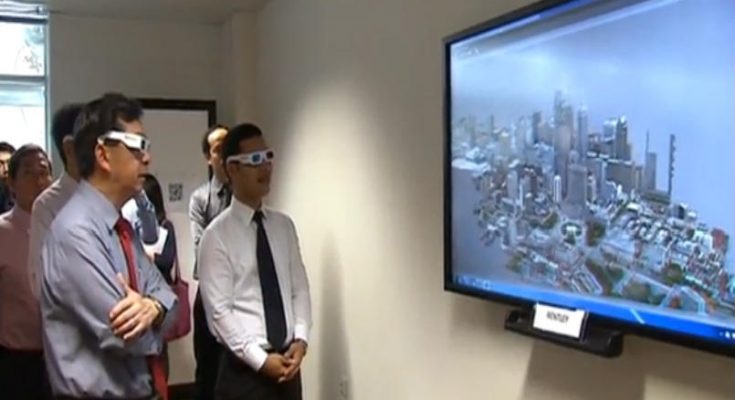Those who are part of the construction industry are probably familiar with the construction equipment, machinery, and wearables, such as safety vests and hard hats. These are essential, and not only do they make the job easier, but they also ensure that the workers stay safe while doing their job.
1. Immersive Walk-throughs and Client Satisfaction
With virtual construction technology, contractors and workers can finally say goodbye to architectural drawings, and welcome virtual reality technology that brings new projects to life. The switch to VR saves construction workers time as they can carry out tasks much quicker, and approve proposals faster.
This results in client satisfaction and more positive interaction. Aside from that, virtual reality also helps in new construction and home renovations. Contractors can take advantage of 3D modeling, as well as virtual reality glasses to bring to life the building being made.
2. Lessen Errors and Mistakes
Those who belong in the construction industry are very much familiar with how a single mistake could affect the overall project and put all efforts to waste. 3D modeling acts as a crystal ball, and this allows the contractors to look into the future and quickly detect the errors before they are made.
With the use of virtual reality glasses, contractors can explore the 3D models, spot the mistakes and modify the designs if needed. This is very important, primarily when working on complicated projects, where constant team interaction is crucial. Through the help of virtual reality, it’s possible to reduce waste, time, and improve overall efficiency.
3. Perfect in Situations Where Clients Change Their Minds Often
The beautiful thing about virtual construction technology is that it gives a glimpse of the final output, even before it is built. That means it’s perfect for those who have the habit of changing their minds often, as clients would be able to explore the project thoroughly with virtual reality.
It’s also easier for clients to have a better understanding of something if they can have a feel of it, instead of just looking at the drawing. That said, it is believed that virtual reality is indeed capable of streamlining the building design process, encourage collaboration between contractors, and clients, and boost overall satisfaction.
4. Increased Collaboration
With the help of virtual construction technology, greater collaboration, as well as coordination can be enjoyed by owners, project managers, and contractors. For owners, a virtual reality experience would give them a more realistic vision, instead of just relying on drawings or plan.
This means they will be able to determine if it’s really what they hoped for, or changes must be made. Additionally, through the use of wearables, such as 3D glasses, and headsets, construction professionals will be able to perform their tasks more efficiently.
5. Speedup Decision Making
With the application of virtual reality, the decision-making process will significantly improve, and instant feedback can be received from several parties, ranging from architects, owners, engineers, and end users. Even those in different locations would be able to interact with each other easily and perform modifications when needed.
6. Safety Will Be Guaranteed
Safety training and equipment operator training are the two aspects where VR would have a huge impact. Workers would be able to gain exposure to different environments, such as confined spaces and the like in a controlled environment. The simulators have been used for years to train the military, and the construction industry would benefit from this.













